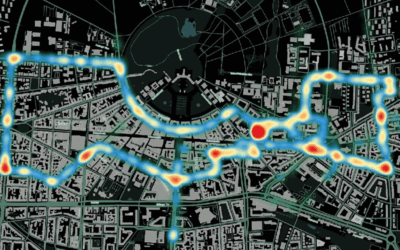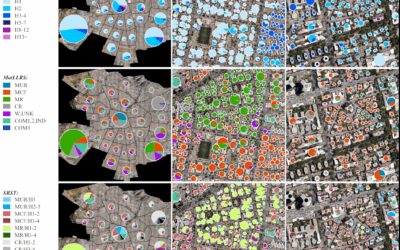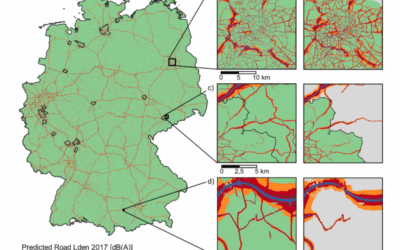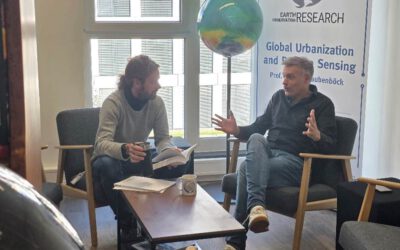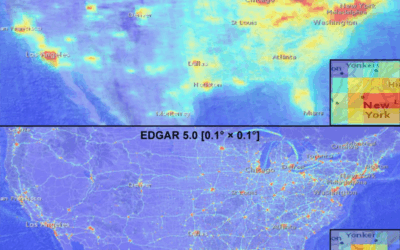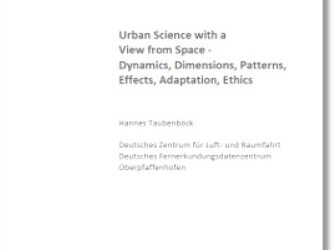A new publication with the title “Estimation of Aboveground Biomass in Agroforestry Systems over Three Climatic Regions in West Africa Using Sentinel-1, Sentinel-2, ALOS, and GEDI Data” was just published in the Journal Sensors by our PhD student Dan Kanmegne Tamga and his supervisory team in cooperation with the Centre for International Forestry Research (CIFOR)—World Agroforestry (ICRAF). This work was conducted within our project WASCAL-DE-Coop.
From the abstract: Agroforestry systems (AFS) offer viable solutions for climate change because of the aboveground biomass (AGB) that is maintained by the tree component. Therefore, spatially explicit estimation of their AGB is crucial for reporting emission reduction efforts, which can be enabled using remote sensing (RS) data and methods. However, multiple factors including the spatial distributions within the AFS, their structure, their composition, and their variable extents hinder an accurate RS-assisted estimation of the AGB across AFS. The aim of this study is to (i) evaluate the potential of spaceborne optical, SAR and LiDAR data for AGB estimations in AFS and (ii) estimate the AGB of different AFS in various climatic regions. The study was carried out in three climatic regions covering Côte d’Ivoire and Burkina Faso. Two AGB reference data sources were assessed: (i) AGB estimations derived from field measurements using allometric equations and (ii) AGB predictions from the GEDI level 4A (L4A) product. Vegetation indices and texture parameters were generated from optical (Sentinel-2) and SAR data (Sentinel-1 and ALOS-2) respectively and were used as predictors. Machine learning regression models were trained and evaluated by means of the coefficient of determination (R2) and the RMSE. It was found that the prediction error was reduced by 31.2% after the stratification based on the climatic conditions. For the AGB prediction, the combination of random forest algorithm and Sentinel-1 and -2 data returned the best score. The GEDI L4A product was applicable only in the Guineo-Congolian region, but the prediction error was approx. nine times higher than the ground truth. Moreover, the AGB level varied across AFS including cocoa (7.51 ± 0.6 Mg ha−1) and rubber (7.33 ± 0.33 Mg ha−1) in the Guineo-Congolian region, cashew (13.78 ± 0.98 Mg ha−1) and mango (12.82 ± 0.65 Mg ha−1) in the Guinean region. The AFS farms in the Sudanian region showed the highest AGB level (6.59 to 82.11 Mg ha−1). AGB in an AFS was mainly determined by the diameter (R2 = 0.45), the height (R2 = 0.13) and the tree density (R2 = 0.10). Nevertheless, RS-based estimation of AGB remain challenging because of the spectral similarities between AFS. Therefore, spatial assessment of the prediction uncertainties should complement AGB maps in AFS.
The link to the full paper: https://www.mdpi.com/1424-8220/23/1/349



